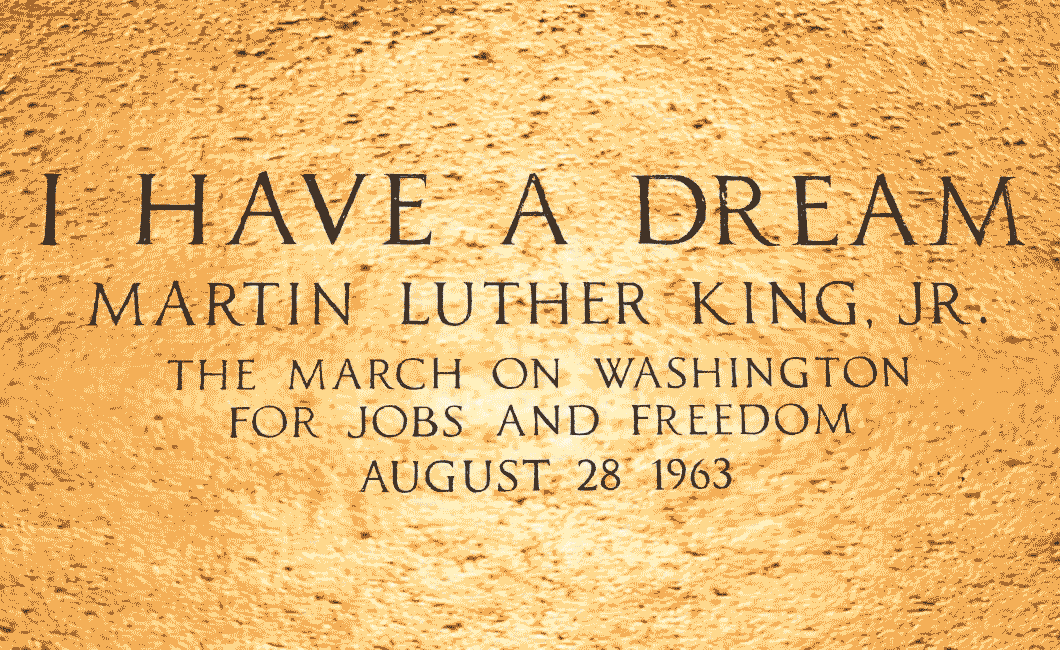Teaching February
- February 3, 2020
- By KIDS DISCOVER
Ready to leap into this February? Use your extra day to celebrate Black History Month, President’s Day, Valentine’s Day, and more! Below you’ll find some timely resources to liven up your lessons this month. As always, follow us on Facebook, Twitter, Instagram and Pinterest for updates on daily free topics and other teaching inspiration!
February – Black History Month

Use this month to pay tribute to the generations of African Americans who’ve struggled against adversity to achieve great things and shape our nation. Introduce young learners to Civil Rights, and the protests, violence, and political upheaval that marked this period and continue to be relevant today. Topics include Defining Civil Rights, The Rise of Segregation, Heroes of the Movement, and more. In addition, we have featured units on revolutionary icons Dr. Martin Luther King Jr., Rosa Parks, and Jackie Robinson.
- Looking for Print? Find our Print Title on Civil Rights here
- Use these Curricular Activities to Teach About Civil Rights

Also check out our Unit on Postwar Change and Growth, which highlights some of the moments in American history leading up to the civil rights movement. Students will learn about notable figures such as Booker T. Washington, as well as institutions like the The Bureau of Refugees, which was created to provide food, supplies, and education to freed African Americans.
- Find our Print Title on Postwar Change and Growth here
February 2 – World Wetlands Day

World Wetlands Day occurs annually on February 2nd, marking the date of the adoption of the Convention on Wetlands on this date in 1971. Most kids probably don’t know what a wetland is, but after reading this Unit, they’ll understand how pivotal they are in regulating Earth’s climate and to the survival of many endangered species.
- Related Unit: Climate
February 5 – Constitution of Mexico Day

This official holiday celebrates the anniversary of Mexico’s current constitution, which was put into place in 1917. For kids interested in our Southern neighbors, our print issue on Mexico leads readers through the country’s long and complicated history of powerful empires, Spanish rule, and eventually, total independence.
February 12 – Abraham Lincoln’s Birthday

Happy Birthday, Honest Abe! Teach kids about Lincoln with this unit, which describes this leader’s childhood, presidency, and legacy. Popular topics include Slavery Splits the Nation and The Civil War.
- Use these Games and Activities to Teach about The Civil War
- Looking for Print? Check out our Lincoln Print Title
February 14 – Valentine’s Day

Did you know the Heart is the only organ in the body with its own international holiday? Ever since the Middle Ages, sweethearts have swapped cards, candies, and flowers every February 14. Learn about the origins of this special day with our topic Valentine’s Day.
- Our Unit on the Heart is also available in print
- Download our Human Heart Infographic
February 20 – President’s Day

Celebrate the legacies of U.S. Presidents by taking a tour of our capital, Washington, D.C.. Kids will learn about its history, monuments, and notable figures. For kids interested in our most iconic leaders, our unit on George Washington, they’ll learn about a humble, modest, and kind man, who probably didn’t strike many as a great military hero.
- Looking for print? Here’s our George Washington Print Title
- Also, check out our Lincoln Print Title
- Then, use these Cross-Curricular Activities to Teach about Washington D.C.
February 27 – National Polar Bear Day

In our topic Alaska, kids will read about the beloved fuzzy Polar Bear and other arctic animals. Now listed as “threatened” under the U.S. Endangered Species Act, the polar bear was the first species added to the list because of the risk posed by global warming. Students can learn more in our free Unit on Endangered Species.
February 29 – Leap Year’s Additional Day

Occurring just once every four years, a leap year is calendar year containing an additional day (366 vs. 365), which is added to stay synchronized with the astronomical year. Astronomical events (i.e. Earth’s rotation around the Sun) do not repeat in a whole number of days, but calendars have the same number of days each year. So, by inserting an additional day into the year, the “drift” can be corrected.
- Related Topic: Air and Space